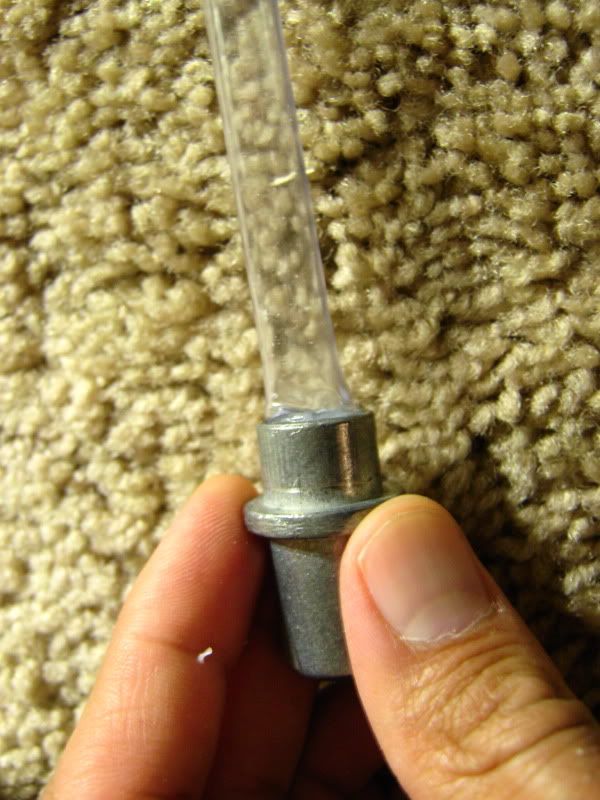I was looking online at various kalkwasser stirrers and thought to myself wow that's stupidly expensive for something that just stirs water. So I began looking on line for alternatives. Ii found was the magnetic type stirrers that have to intermittently come on and of and create a slurry and after that you had to wait about an hour before dripping it in with the top off water.
Doing some research it seemed that deltec and aquamedic style stirrers used stepper motors. These needed specialized controllers and knowledge of how they work etc etc. I wanted this kind of stirrer but with something simpler.
Thinking about what i could used that rotated slowly. Then while grocery shopping with the gf, she came up with the idea of a rotisserie. Worth a shot. Went to the seasonal BBQ equipment and picked one up for around $30. I then picked up a round tupper ware container and it began!
So here's a list of the parts I used:
- 3/8 inch thinwalled acrylic tube
- rotisserie motor and enclosure
- cylindrical tupperware container
- small length of 3/4" pvc pipe
- pvc endcap
- airline hose connectors
- airline tubing
And a list of tools and misc stuff:
- screwdriver
- dremel ( or something similar to cut the acrylic tube)
- heatgun
- weld-on (optional)
- marker (for drawing out your cuts)
First up here's what the rotisserie looks like. It has 2 plates held to the motor housing by 3 screws:

Unscrew the 2 plates to get at the coupler that slides over the motor axle. Pull out the coupler:
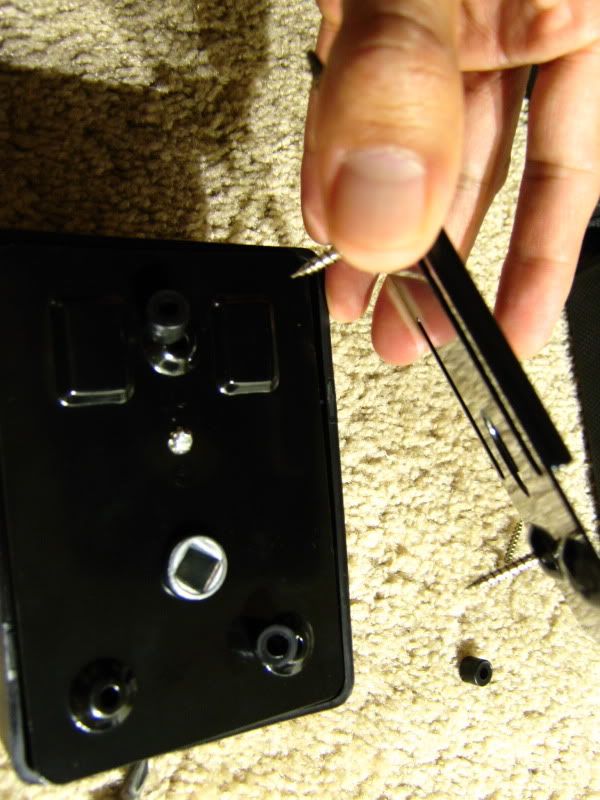
Next measure up your acrylic and cut it to slightly shorter than the depth of your container minus the diameter of the tube.
Start heating up the end of the acrylic tube with a heat gun until it gets slightly flimsy:
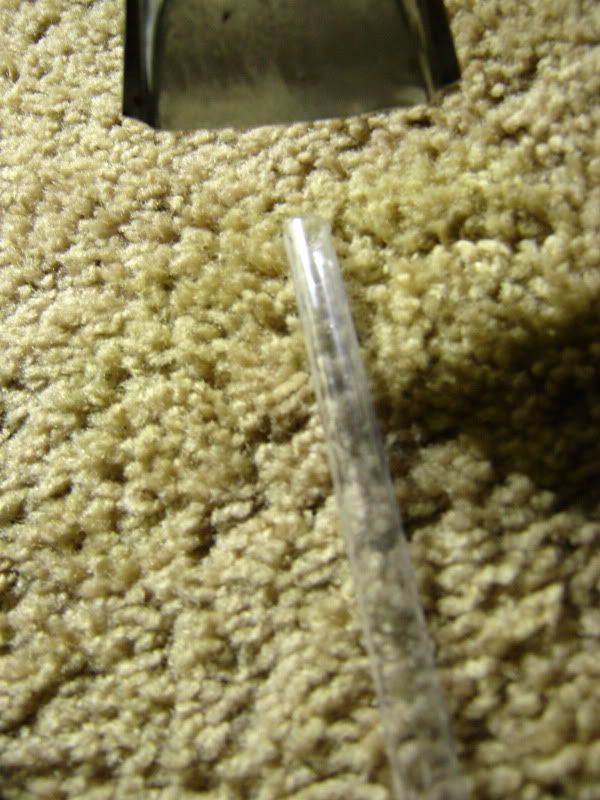
Push as much as the softened tip into the coupler as you can. The coupler is square in shape so you'll have to somewhat smoosh it in. Lie it on the ground making sure it's as straight as possible and let it cool for a few seconds.
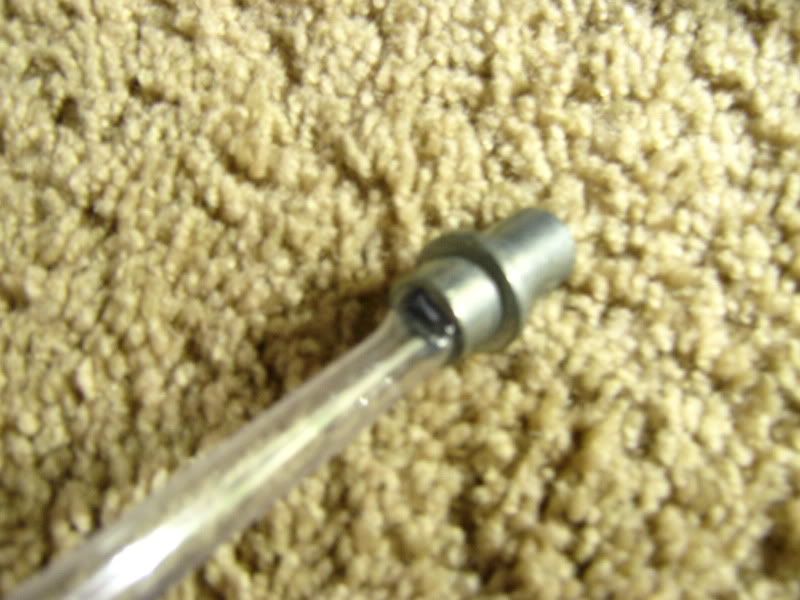
Once it's hardened enough you should be able pull it out and put it in a certain way:
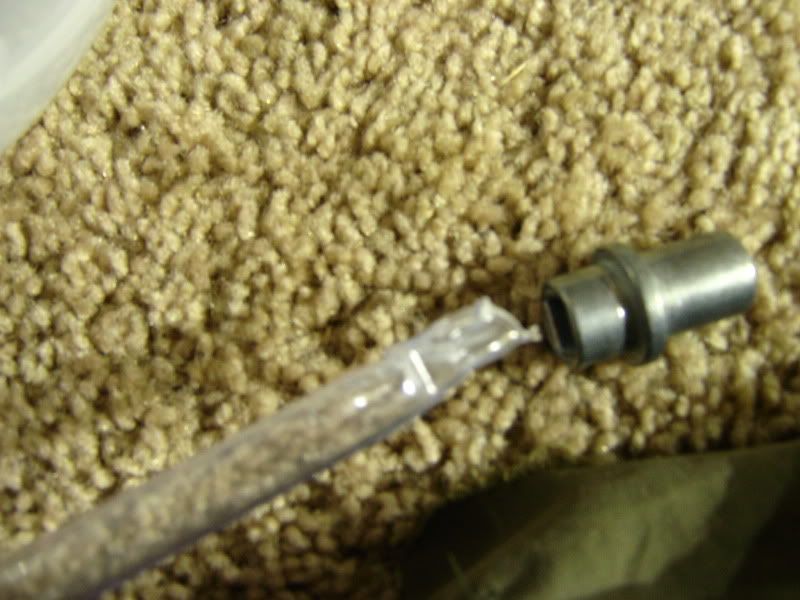
Remove it from the coupler and fill the square hole with silicone:
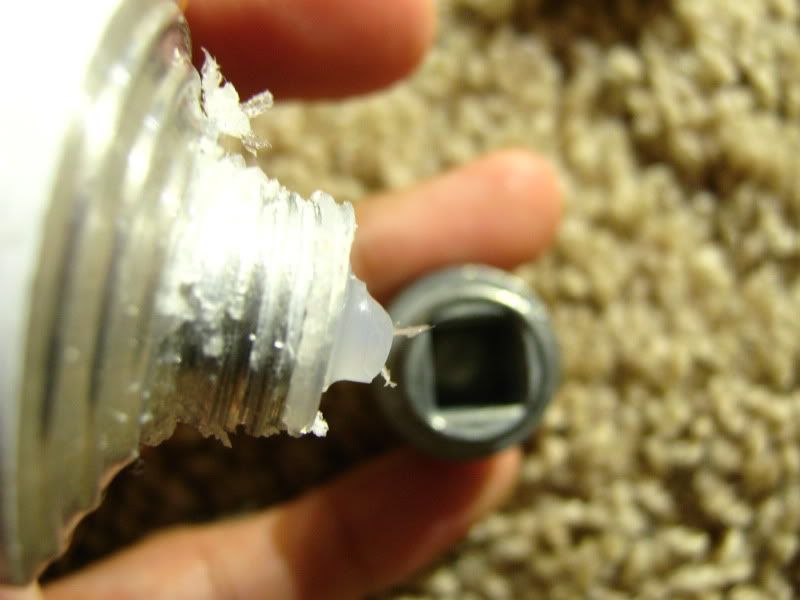
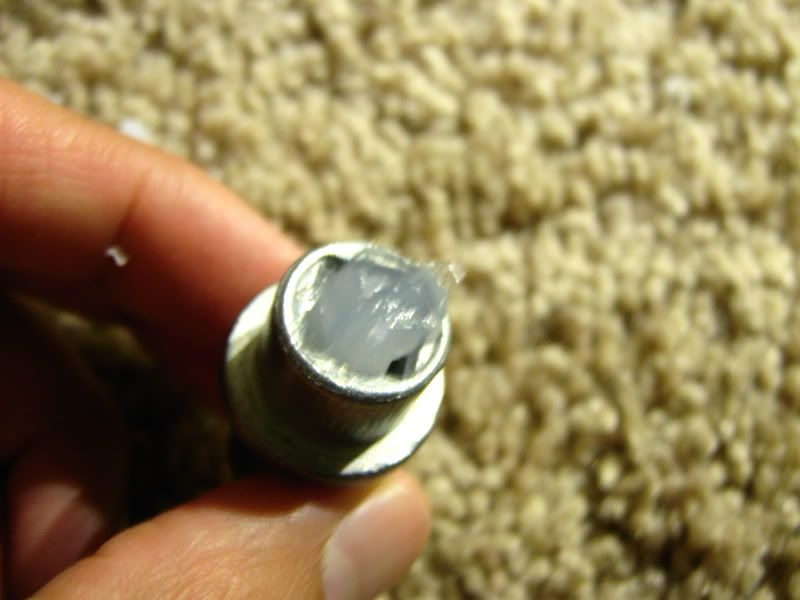
push the melted end of the acrylic rod back inside and set it aside to cure:
